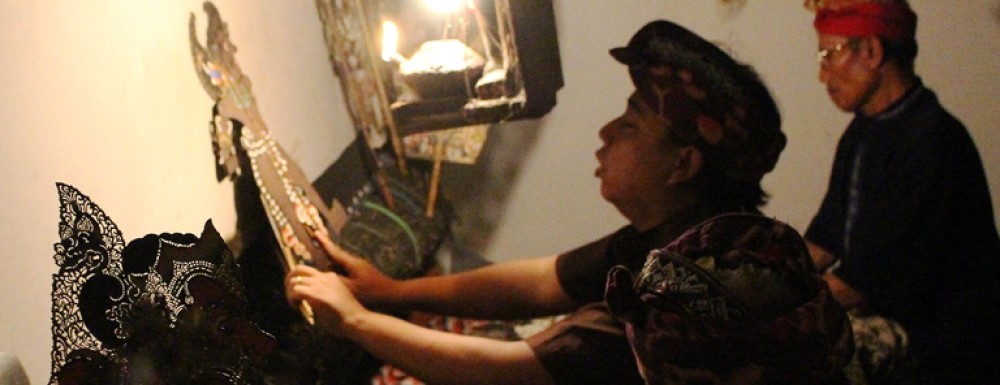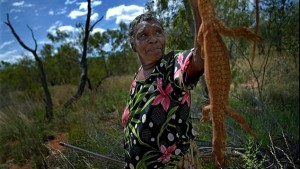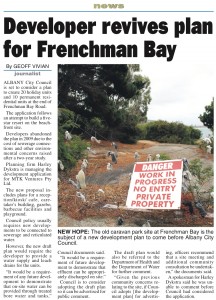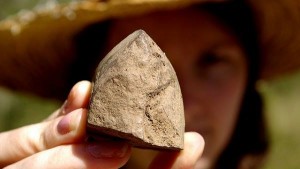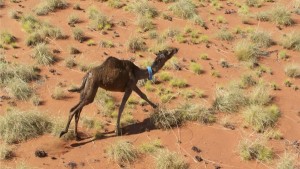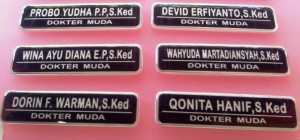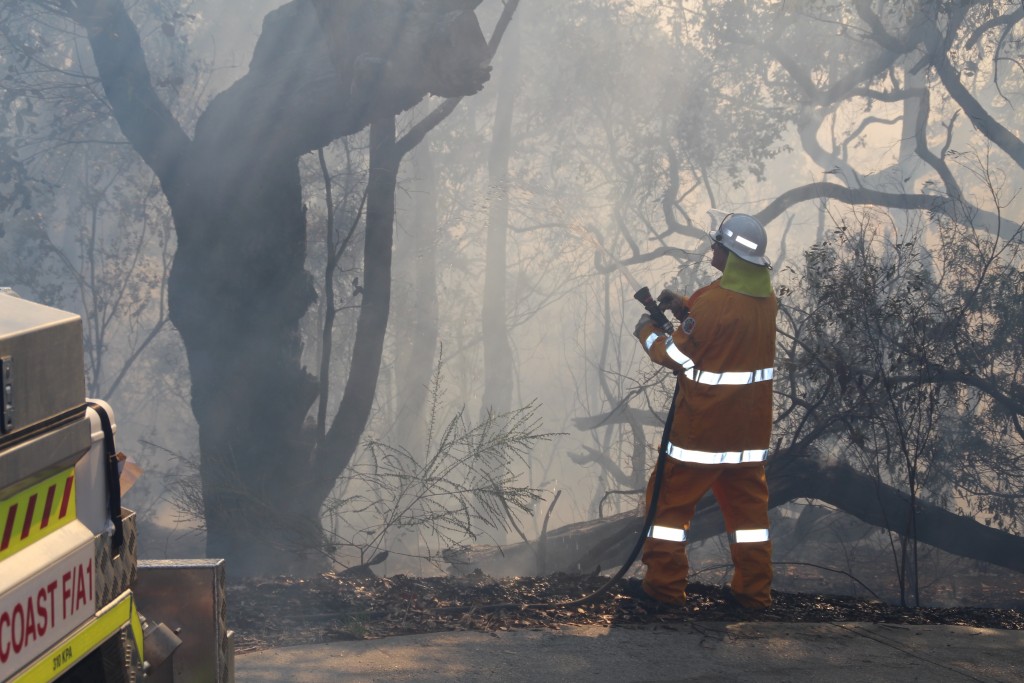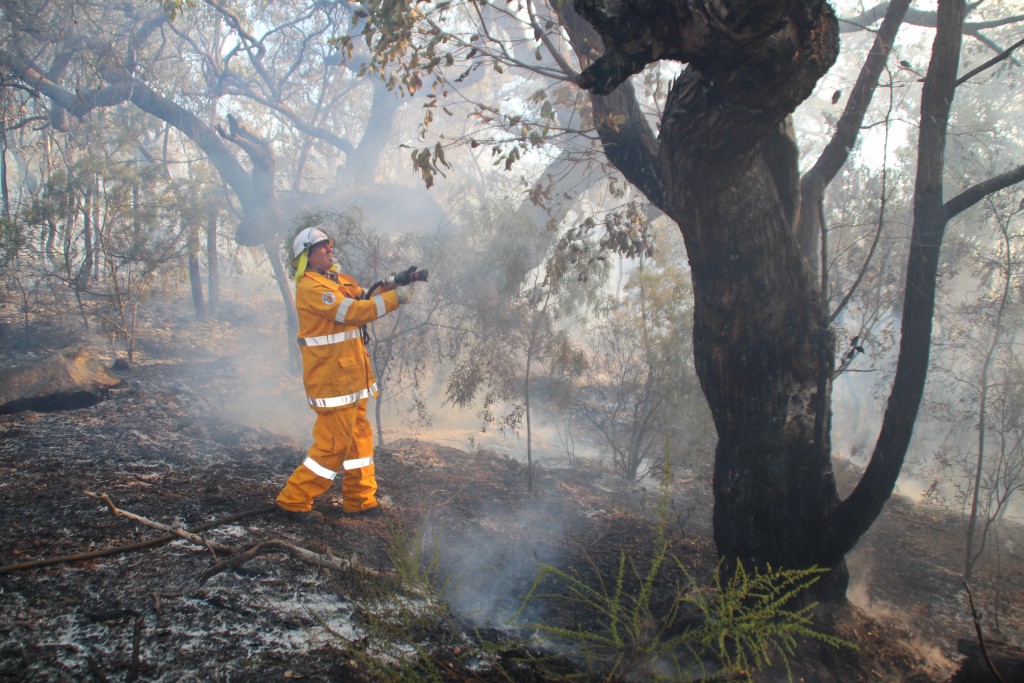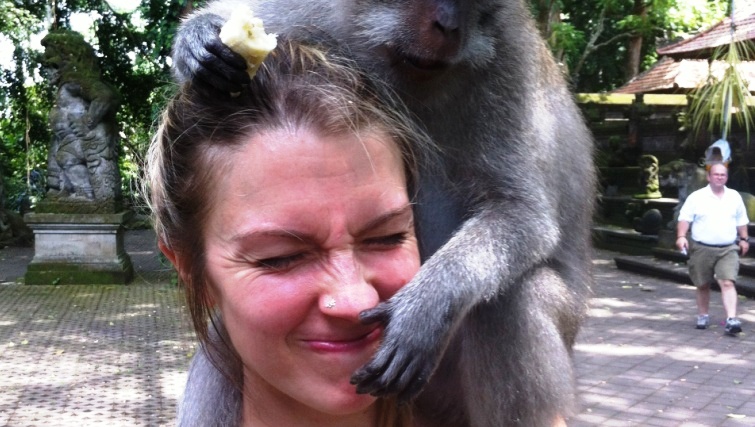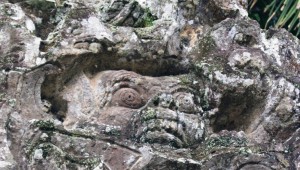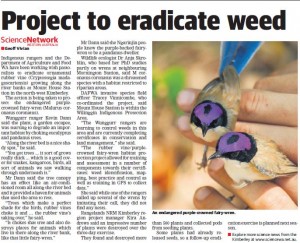Australia’s desert Aborigines seem to have been making bread for at least 10,000 years.
However the archaeological record shows it only became a common practice about 2,000 years ago.
The latest research shows the key factor here was mobility.
People needing to stay in the same place for weeks at a time to preform ceremonies made bread because they did not have time to travel to new hunting grounds.
Science Network [read this story]
